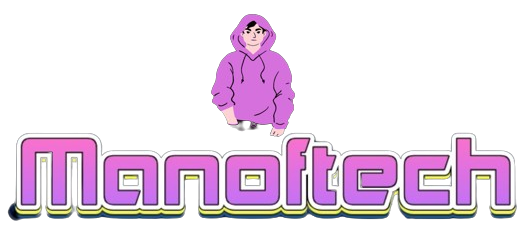Future in Robotics for Education
The integration of robotics in education represents a paradigm shift, transforming traditional learning environments into dynamic, interactive spaces that prepare students for the challenges of the future. This article explores the burgeoning future of robotics in education, examining how these intelligent machines are poised to reshape teaching methodologies, foster critical skills, and inspire the next generation of innovators.
1. Personalized Learning Experiences
Robotics in education enables personalized learning experiences tailored to individual students’ needs and learning styles. Adaptive robotics platforms use artificial intelligence to assess students’ progress and dynamically adjust lesson plans, ensuring that each learner receives a customized educational journey.
2. Collaborative Learning with Humanoids
Humanoid robots are emerging as collaborative learning companions. These robots engage students in interactive dialogues, answer questions, and provide assistance in various subjects. By fostering collaboration, humanoid robots promote a social and supportive learning atmosphere.
3. Coding and Robotics Curriculum
The integration of coding and robotics into the curriculum equips students with essential 21st-century skills. Educational robots, such as programmable robots and drones, serve as hands-on tools that make abstract concepts tangible, allowing students to explore the principles of coding, engineering, and problem-solving in a practical context.
4. Virtual and Augmented Reality in Education
Robotics is intersecting with virtual and augmented reality to create immersive educational experiences. Virtual robots and augmented reality simulations provide students with realistic scenarios for experimentation and problem-solving, enhancing their understanding of complex concepts.
5. Skill Development for the Future Workforce
Robotics education goes beyond technical skills, emphasizing the development of critical soft skills such as creativity, collaboration, and adaptability. Students working on robotics projects learn to think critically, communicate effectively, and collaborate with peers, preparing them for the demands of the future workforce.
6. STEAM Education Integration
Robotics seamlessly integrates with STEAM (Science, Technology, Engineering, Arts, and Mathematics) education. Through robotics projects, students engage in interdisciplinary activities that connect various disciplines, fostering a holistic understanding of how these subjects intersect in real-world applications.
7. Robotics Competitions and Challenges
Robotics competitions and challenges provide students with opportunities to apply their knowledge in a competitive and stimulating environment. Events like robotics competitions encourage teamwork, strategic thinking, and innovation as students design, build, and program robots to complete specific tasks.
8. Inclusive Learning Environments
Robotics can create inclusive learning environments, catering to diverse learning needs. Assistive robots support students with special needs by providing personalized assistance and facilitating greater participation and inclusion in mainstream educational settings.
9. Ethical and Social Implications Discussions
As robotics becomes an integral part of education, it opens avenues for discussions about ethical and social implications. Educators can incorporate lessons on responsible technology use, ethical considerations in artificial intelligence, and the societal impacts of robotics, encouraging students to think critically about the role of technology in their lives.
10. Global Connectivity and Collaboration
Robotics facilitates global connectivity and collaboration in education. Students can engage in joint robotics projects with peers from around the world, fostering cultural exchange and collaborative problem-solving. This interconnectedness prepares students for a globalized world.
Shaping the Future of Education
The future of robotics in education is dynamic and promising, with the potential to revolutionize the way students learn and educators teach. As robotics technology continues to advance, educational institutions must adapt to harness its full potential. By embracing robotics in education, we pave the way for a future where students are not just consumers of knowledge but active creators, innovators, and problem-solvers, ready to navigate the challenges of a rapidly evolving world.


